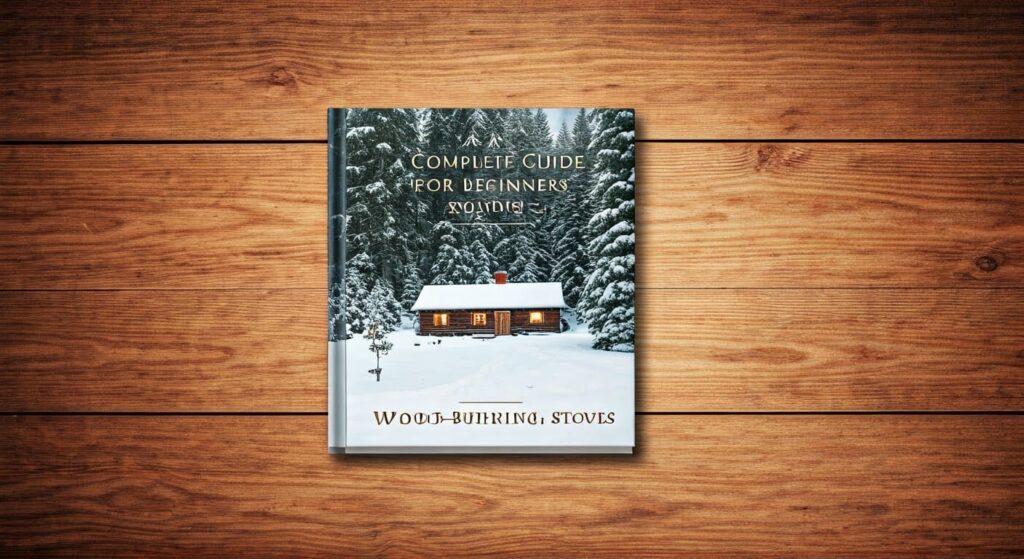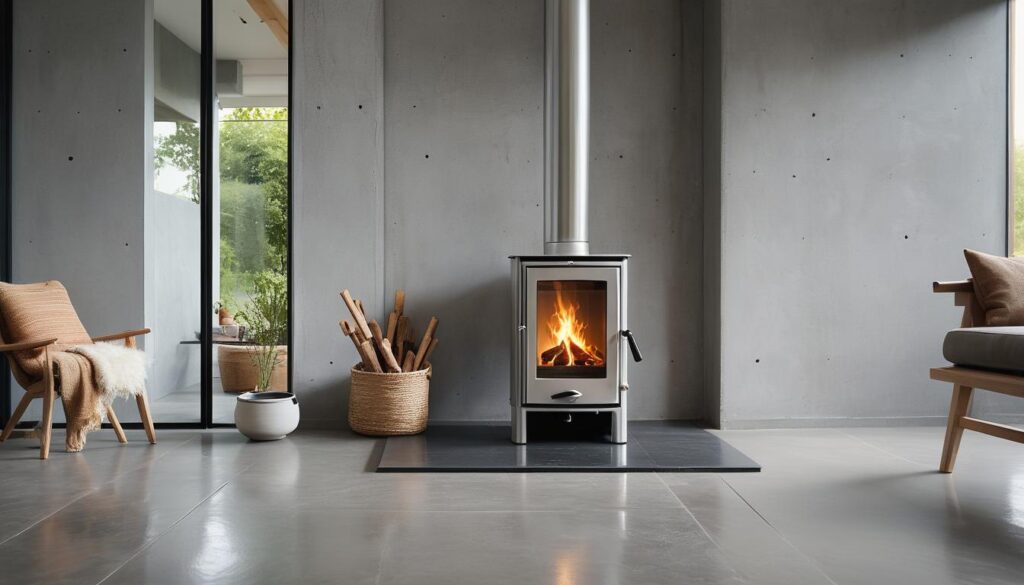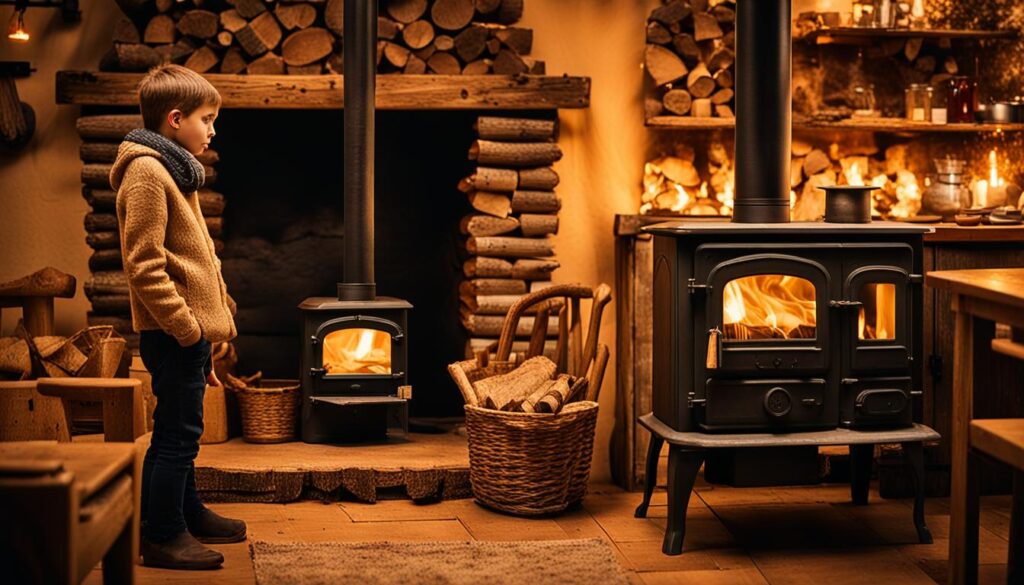
- Introduction to Wood-Burning Stoves
- Benefits of Wood-Burning Stoves
- Types of Wood-Burning Stoves
- Key Components and How They Work
- Choosing Wood-Burning Stoves for Beginners
- Installation and Safety Considerations
- Operating and Maintaining Your Wood-Burning Stove
- Environmental Impact and Efficiency
- Latest Trends and Innovations
- Conclusion and Next Steps
Introduction to Wood-Burning Stoves
Embracing the warmth and coziness of a wood-burning stove is a timeless choice for many homeowners. Not only do these stoves provide an efficient heat source, but they also add a touch of traditional charm to any room. If you’re new to the world of wood-burning stoves, this comprehensive beginner’s guide is designed to walk you through everything you need to know, from the benefits and types of stoves to installation, operation, and the latest innovations in the field.
Benefits of Wood-Burning Stoves
| Benefit | Description |
|---|---|
| Energy Efficiency | Can be more cost-effective than traditional heating methods, especially in well-insulated homes. |
| Ambiance | Provides a cozy, traditional warmth and visual appeal. |
| Off-Grid Capability | Offers heating during power outages. |
| Carbon Neutral | When sustainably sourced, wood is a carbon-neutral fuel. |
| Durability | With proper maintenance, can last for decades. |
Types of Wood-Burning Stoves
- Traditional/Freestanding Stoves: Classic, standalone designs that can be placed in various locations.
- Insert Stoves: Designed to fit into existing fireplaces, enhancing efficiency and reducing emissions.
- Pellet Stoves: Burn compressed wood pellets, offering a more environmentally friendly and efficient option.
- Catalytic and Non-Catalytic Stoves:
- Catalytic: Use a catalyst to reduce emissions and increase efficiency.
- Non-Catalytic: Rely on secondary combustion for efficiency, with a simpler design.
Key Components and How They Work
At the heart of every efficient wood-burning stove lies a harmonious synergy of crucial parts. Understanding these key components and their intricate dance is essential for unlocking optimal performance. Delve into the inner workings of your wood-burning stove, exploring the vital roles of the firebox, flue, air controls, and grate, and discover how they collectively orchestrate a safe, efficient, and warmly inviting combustion process.
Main Components:
- Firebox: Where the wood burns.
- Flue/Chimney: Removes gases and particles.
- Air Controls: Regulate airflow for efficient combustion.
- Grate: Allows air to reach the wood from below.
How It Works:
- Wood Combustion: Wood burns in the firebox.
- Airflow Control: Adjusting air intake for optimal burn.
- Exhaust: Gases exit through the flue/chimney.
- Heat Distribution: Warmth is circulated into the room.
Choosing Wood-Burning Stoves for Beginners
Embarking on the journey to cozy warmth? As a beginner, selecting the perfect wood-burning stove can be daunting. Ensure a snug and sustainable fit for your home by considering heating capacity, space constraints, and eco-friendliness. This beginner’s guide will walk you through key factors to inform your decision, from fuel options (traditional wood vs. wood pellets) to energy efficiency and cost-effective solutions.
- Consider Your Space:
- Room size and insulation.
- Existing fireplace (for inserts).
- Fuel Type:
- Traditional wood or wood pellets.
- Efficiency and Emissions:
- Look for EPA-certified stoves for lower emissions.
- Budget:
- Stove cost, installation, and ongoing fuel expenses.
| Stove Type | Best For | Cost Range |
|---|---|---|
| Traditional | Large spaces, traditional look | $800-$3,000 |
| Insert | Existing fireplaces, efficiency | $1,500-$4,000 |
| Pellet | Environmentally conscious, high efficiency | $1,000-$3,500 |
Installation and Safety Considerations
Ensuring a warm and worry-free wood-burning stove experience starts with meticulous installation protocols and a keen eye for safety precautions. As a crucial step in home heating system integration, proper setup not only optimizes stove performance and energy efficiency but also safeguards against fire hazards and toxic emissions. Explore the essentials of professional installation and vital safety considerations.
- Professional Installation: Highly recommended for safety and efficiency.
- Safety Features:
- Heat-resistant materials around the stove.
- Carbon monoxide detectors.
- Regular chimney cleaning.
- Clearances: Ensure adequate space between the stove and combustible materials.
Operating and Maintaining Your Wood-Burning Stove
- Operation Tips:
- Seasoned wood for efficient burns.
- Regularly clean the stove and chimney.
- Maintenance Schedule:
- Daily: Clean the stove.
- Weekly: Check and clean the chimney.
- Annually: Professional chimney inspection.
Environmental Impact and Efficiency
- EPA Certification: Ensures your stove meets emission standards.
- Sustainable Wood Sourcing: Look for locally sourced, seasoned wood.
- Efficiency Ratings: Higher efficiency means less wood consumption and lower emissions.
| Efficiency Metric | Description | Target for Beginners |
|---|---|---|
| EPA Emissions | Measures particulate matter emissions. | < 4.5 g/hr |
| Efficiency Rating | Percentage of wood’s energy converted to heat. | ≥ 70% |
Latest Trends and Innovations
Experience the evolution of wood-burning stoves, where innovative technologies and sustainable designs converge. Discover the latest trends transforming the industry: smart home integration for seamless control, cutting-edge materials boosting performance and style, and a renewed emphasis on eco-friendliness with groundbreaking pellet stoves and biofuel solutions, redefining the future of clean heating and energy-efficient living.
- Smart Stoves: Integration with home automation systems for remote control and monitoring.
- Advanced Materials: New materials enhancing efficiency, durability, and aesthetic appeal.
- Increased Focus on Sustainability: Innovations in pellet stoves and biofuels.
Conclusion and Next Steps
Embarking on the journey to warmth and sustainability with a wood-burning stove is both exciting and rewarding. By understanding the benefits, types, and operational nuances of these stoves, you’re well on your way to making an informed decision. Remember, the key to a happy wood-burning stove experience lies in careful selection, meticulous installation, and diligent maintenance.
Next Steps for Beginners:
- Research Local Regulations: Ensure compliance with local burning laws and regulations.
- Consult with Professionals: Discuss your specific needs with a wood-burning stove expert.
- Visit Showrooms: Experience different stoves firsthand to find the perfect fit.
Stay Warm, Sustainably.


